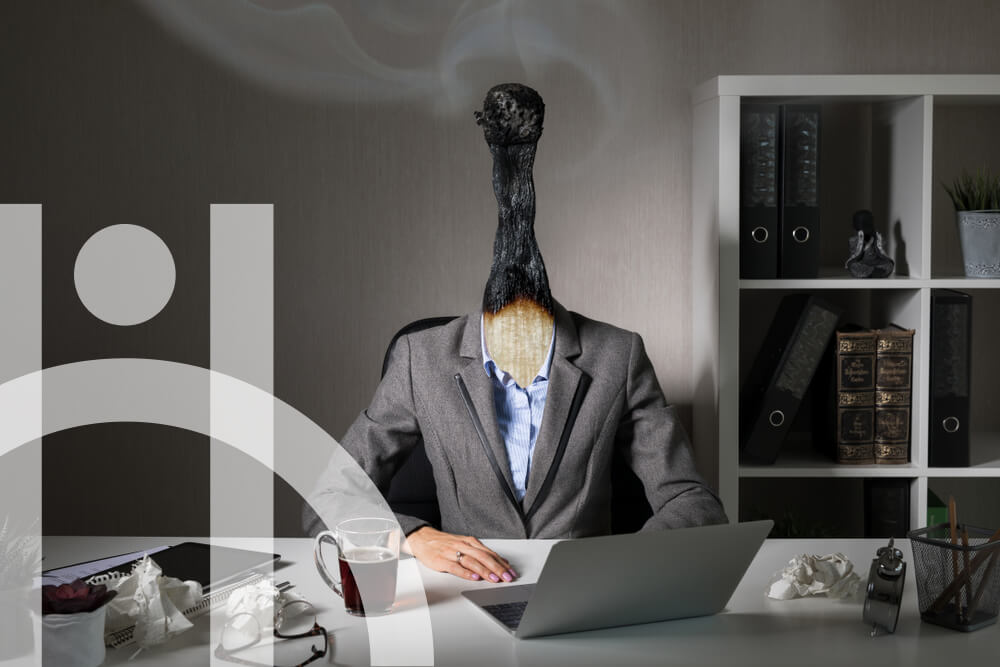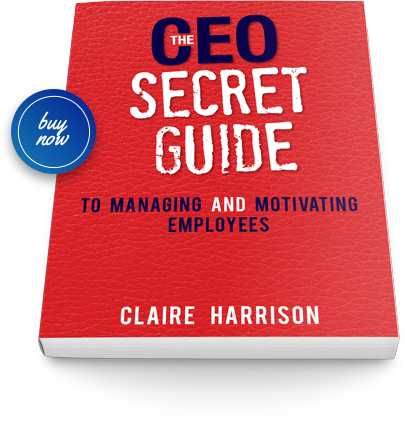Is it just me or is ‘burnout’ a new catch phrase in the workplace to describe how people feel about working at their organisations? I hear from so many clients that their employees are ‘burnt out’ and that they too are feeling battle weary. So, I sat down and researched ‘burnout’ to get to the bottom of this issue to determine if it is just a post Covid effect or something deeper.
In 2019, long before Covid was a topic of dinner table conversation, the World Health Organisation declared burnout an occupational phenomenon. They defined burnout as “a syndrome conceptualised as resulting from chronic workplace stress that has not been successfully managed”. Signs of burnout include people feeling:
- depleted or exhausted – both emotional and work-related exhaustion;
- mentally distant from their job or negative feelings or cynicism about their job;
- reduced professional efficacy – being the sense of ineffectiveness and a lack of accomplishment related to one’s work.
Lightbulb moment! I recognise those signs, but I always just put that down to people feeling stressed at work. What I now realise, there is a difference between stress and burnout. With stress there is an end in sight, but getting there might be a stretch or challenge. Whilst burnout on the other hand is a pattern of negative emotions and a slow withdrawal inwards, usually from investing too much into something emotionally, intellectually, or physically without doing anything to care for yourself.
What impact is burnout having on your business?
According to Gallup research – employees who say they very often or always experience burnout at work are: 63% more likely to take a sick day; are 50% less likely to discuss how to approach their performance goals with their Manager; are 13% less confident in their performance and astoundingly are 2.6 times more likely to be actively seeking a new job[1]. These impacts can have significant cost impacts to your business with increased personal leave; reduced performance; and high turnover and its associated costs – including losing skills and knowledge you so desperately want to hold onto in a tight labour market.
As leaders, we need to be cognisant of what to be on the lookout for in our people at work. Observing and listening to people across three main areas including their physical well-being, emotional output and behaviours is key to understanding if one or more of your team may be suffering burnout. Noting, this may also apply to yourself upon reflection. So, what should you look/listen out for[2]:
Physical
- feeling tired most of the time;
- lowered immunity;
- frequent headaches, back pain, or muscle aches;
- change in appetite or sleep habits.
Emotional
- sense of failure and self-doubt;
- feeling helpless and hopeless;
- feeling alone in the world;
- loss of motivation;
- increasingly cynical and negative outlook;
- decreased satisfaction and sense of accomplishment.
Behaviour
- withdrawing from responsibilities;
- isolation;
- procrastination;
- using food, drugs, or alcohol to cope;
- taking out frustration on others;
- skipping meetings – or coming in late or leaving early.
What can you do to reduce burnout at your workplace?
Quick and easy things employers can do right now
- Source information on the topic and make this information/tools available to your people – websites; apps; include in toolbox talks and on your meeting agendas.
- Encourage your employees to take breaks throughout the day. Promote active ways of communicating instead of emails – walk over to your colleague.
- Review employee annual leave balances and encourage staff to take holidays – temporarily suspend email/system access while on leave – forcing people to take time off physically and mentally.
- Role clarity is important so people know they are doing the ‘right’ work. Ensure regular performance conversations are happening and leaders actively listening.
- Celebrate your wins, anniversaries, birthdays etc. Fun at work fosters collaboration and comradery.
- Reduce after hours email traffic – implement time delayed emails for staff who like to work flexibly outside traditional working hour to respect after hours boundaries.
As people leaders we have direct influence over the experience our people have in their workplace. According to Gallup research the core causes of burnout are within the span of control of managers. Gallup have identified five (5) key actions that can have a material impact on the employee experience to reduce or eliminate burnout in the workplace[3].
5 Key actions for people leaders
- Listen to work related problems – listening may seem like an obvious thing to do – however this is often not done well so make sure you:
- have employee check ins;
- address problems;
- celebrate achievements;
- Encourage Teamwork – Great managers build committed, highly cohesive teams with deep bonds. They encourage teamwork and initiate effective, frequent communication and help to align their team members. They also hold individuals accountable for their role in building quality partnerships.
- Make everyone’s opinion count – Good managers are authentic and initiate open dialogue and ask for employees’ input. They also provide honest feedback on employees’ ideas — advocating for good ones and addressing unfeasible ones.
- Make work purposeful – People do not want to work just for a wage; they want to find meaning in what they do – connection is important.
- Focus on strength-based feedback and development – When people have the opportunity to use their strengths and given both praise and guidance, are more engaged, focused on doing their best and are 57% less likely to experience burnout frequently.
Me, myself and I
While it is important for Managers to mitigate risk of burnout, employees must also participate in the risk management of burnout through their individual actions. So how do you beat burnout without quitting your job? Not everyone can take time off work, but making small adjustments can assist you in managing stress and restoring work life balance. Building healthy habits such as getting enough sleep, going for a walk outside and eating healthier are just some of the things which can materially impact your resilience and coping mechanisms. Becoming more intentional with your time at work and at home helps with re-establishing boundaries, turning off your phone or laptop after hours can also assist with temptation to ‘work after hours’.
Together we can beat burnout
If I can leave you with some thoughts it would be that we will get through this ‘phenomenon’. If we focus on aligning why a culture of well-being matters and teaching people how to foster it, we are sure to all be the beneficiaries of improved working lives. Ensure ongoing advice and access to tools and techniques to reduce burnout is available to both leaders and employees. Help each other to keep well-being top of mind and recognise and reward well-being achievements.
If you think you, your people may be suffering burnout, or you just want to focus more on your employee health and mental well-being, then it’s time to do something.
At Harrisons we have recognised the value we can add to our clients’ employee health and well-being programs and employee engagement through true and authentic partnerships. Helping uncover the right people strategies to deliver ongoing business performance is our focus.
[1] https://www.gallup.com/workplace/313160/preventing-and-dealing-with-employee-burnout.aspx Accessed 03112022
[2] Information adapted from helpguide.org/articles/stress/preventing-burnout.htm
[3] https://www.gallup.com/workplace/313160/preventing-and-dealing-with-employee-burnout.aspx Accessed 03112022
Claire Harrison is the Founder and Managing Director of Harrisons, a flourishing HR consulting business that sprouted in 2009 from Claire’s passionate belief that inspiring leaders and superstar employees are the key success factor to any business. With over 20 years’ experience, Claire has worked as a HR Director of multi-national organisations, as a Non-Executive Board Director, and a small business owner. Claire’s corporate career includes working with companies such as BHP, Westpac, Fonterra and Mayne Nickless.




